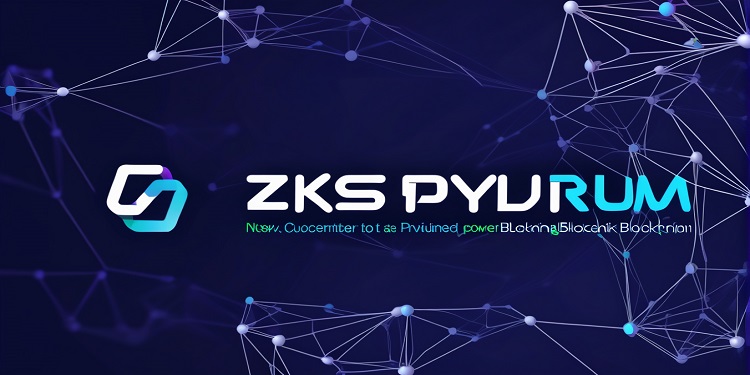Ethereum Layer 2 protocol ZKsync has introduced a new enterprise-focused blockchain protocol, Prividium, aimed at offering financial institutions a secure, permissioned, and regulation-compliant infrastructure for blockchain use cases. The protocol is designed to facilitate on-chain applications such as the tokenization of real-world assets (RWAs), giving organizations the ability to maintain control over their sensitive data while settling transactions via Ethereum.
According to information released by ZKsync, Prividium is already in active use on the Memento ZK blockchain. This deployment forms part of a collaboration involving Deutsche Bank and Memento to build an on-chain fund management platform, highlighting early institutional interest in the technology. The system is structured to allow enterprises to construct permissioned blockchains within their own infrastructure or private cloud environments, offering them the ability to enforce security, privacy, and compliance while leveraging Ethereum’s trustless settlement features.
Robust Compliance and Identity Infrastructure
Prividium incorporates a comprehensive suite of features intended to meet the complex needs of regulated institutions. These include a permissioned ledger, role-based access control, and support for smart contracts. It also includes built-in tools for identity verification and regulatory compliance, such as KYC (Know Your Customer), KYB (Know Your Business), and AML (Anti-Money Laundering) screening capabilities.
Performance-wise, ZKsync indicated that the protocol aims to support throughput of up to 10,000 transactions per second by the end of the year. Additionally, transaction costs are expected to remain below $0.01, with ambitions to bring fees closer to $0.001, making the protocol both scalable and cost-effective for large-scale enterprise use.
Target Use Cases and Broader Industry Context
In its official communications, ZKsync identified several potential applications for Prividium, including cross-border wholesale payments, global payroll systems, the issuance and servicing of tokenized assets, and collateral mobility. These examples reflect the increasing appetite among financial institutions to integrate blockchain technology into traditional workflows, especially where transparency and automation can enhance efficiency and trust.
This launch comes amid a growing focus on real-world asset tokenization across the blockchain space. In March, synthetic dollar project Ethena and tokenization specialist Securitize revealed plans for Converge, a public EVM-compatible blockchain designed specifically for institutional-grade DeFi and asset tokenization. While Converge includes permissioned features for regulated entities, it remains publicly accessible, unlike the private nature of Prividium.
Additionally, enterprise blockchain pioneer R3 recently disclosed that its permissioned Corda platform is being integrated with Solana, signaling a broader industry trend toward converging private and public blockchain solutions. The move was characterized as a strategic realignment to bridge the gap between institutional use cases and open blockchain ecosystems.
ZKsync’s Expanding Role in the RWA Ecosystem
ZKsync continues to maintain a strong presence in the real-world asset landscape through its Layer-2 rollup, Era. As of the latest industry data, ZKsync Era is ranked as the second-largest chain in terms of total value locked (TVL) in tokenized RWAs, with $2.2 billion. It follows Ethereum’s $7.2 billion and leads Stellar, which holds $485 million, based on figures provided by RWA.xyz.
The broader market for on-chain RWAs has shown steady growth, increasing by nearly 7% in the past month to reach a total of $22.96 billion. ZKsync’s introduction of Prividium appears to position the company as a key enabler of blockchain adoption among institutional players seeking to navigate the complexities of regulation, privacy, and scalability in the digital finance era.



